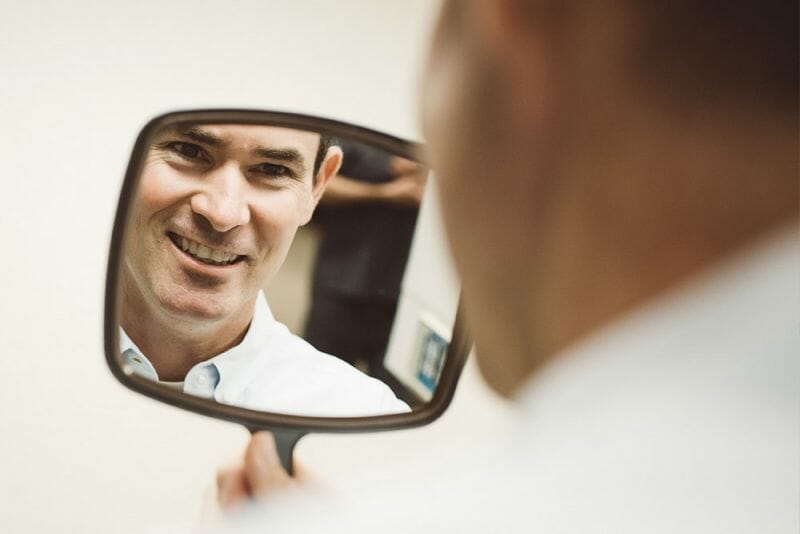Bonding
 For patients looking for a simple fix to a minor cosmetic fault in their teeth, bonding is the perfect solution. This incredible material can be custom molded to help patients repair chips, minor cracks, and small blemishes in the teeth. Bonding is fast, easy, and completely pain-free, making it a popular option among the cosmetic dental services offered at Crosby Dentistry.
For patients looking for a simple fix to a minor cosmetic fault in their teeth, bonding is the perfect solution. This incredible material can be custom molded to help patients repair chips, minor cracks, and small blemishes in the teeth. Bonding is fast, easy, and completely pain-free, making it a popular option among the cosmetic dental services offered at Crosby Dentistry.
What Is Bonding?
Sometimes, a tooth has a small cosmetic feature or fault that makes it different from the surrounding teeth. For patients who want a simple solution to fix the blemish quickly, bonding is an easy option that provides instant results with an improved smile.
Bonding is the process of applying a resin, or bonding agent, to the surface of the tooth. The material is malleable and can be used to fill uneven areas or smooth rough surfaces. Using specialized light, the liquid bonding agent hardens into a tough and rigid surface that’s just as strong as a natural tooth.
How Can Bonding Help Me?
Bonding may help resolve minor dental blemishes to give you an improved and uniform smile.
Bonding can be applied to many types of tooth blemishes, including:
- Minor chips
- Minor cracks
- Gaps
- Jagged or uneven tooth surfaces
This cosmetic dental technique is easy to do, and many patients appreciate the quick application and instant results. Dr. Crosby and his team can apply this procedure in a matter of minutes. If your cosmetic blemish is not easily treated with a bonding application, Dr. Crosby will happily discuss other cosmetic dentistry services that may be more appropriate.
What Does the Procedure Look Like?
The procedure for bonding can vary depending on your individual application. First, the dentist will create a rough surface on your tooth to give the bonding agent something to adhere to. Then, the tooth will be cleaned and sanitized. From there, the liquid bonding agent will be applied directly to the tooth. Sometimes it may be necessary to mold or shape the bonding agent to replicate the natural curves of the tooth’s surface.
The dentist will use a special blue light to harden the bonding agent, making it just as tough and rigid as a natural tooth. The whole procedure can be completed in about thirty minutes, and the process does not require a local anesthetic or sedation. With our team taking care of you, you can stay calm, comfortable, and pain-free, all the while gaining a brand-new smile.
How Long Does Bonding Last?
Because bonding agents are made of synthetic materials like resin, they will not be as hard and durable as porcelain. Therefore, bonding repairs tend not to be as long-lasting as some other alternatives. However, the better you take care of your bonded tooth, the longer it will last.
Be sure to brush the bonded area of your tooth just as you would your natural tooth. Avoid biting into hard foods like nuts and ice. If you notice your bonding has become loose or has been dislodged at any point, be sure to make an appointment with Dr. Crosby for an immediate repair. If left untreated, bacteria and plaque could enter the site where the bonding once was, leading to possible infection.
If you would like to know more about tooth bonding options to improve your smile, don’t hesitate to reach out to us. Our team will be happy to review your needs and develop a unique treatment plan for your smile goals.
